Accommodation and Tourism Improvements in Nepal for 2026/2027
Nepal Tourism 2026/2027: A New Era of Sustainable Growth and Comfort
Nepal, nestled in the lap of the Himalayas, is not just a destination—it’s a transformative journey. As we look toward 2026 and 2027, Nepal’s tourism and accommodation sectors are preparing for a major leap, combining traditional hospitality with modern innovation and sustainability. These upcoming years are poised to redefine the guest experience across cities, mountains, and remote villages.
The Surge of Sustainable Accommodations in Nepal
In 2026/2027, sustainability in tourism is not a trend but a necessity. Across Nepal, accommodations are evolving to meet global eco-standards. From eco-lodges in the Annapurna region to green-certified hotels in Kathmandu and Pokhara, the focus is on minimizing environmental impact while enhancing guest comfort.
- Solar-powered hotels and homestays are becoming standard in trekking areas.
- Waste management systems and water recycling technologies are being implemented in mid-range and high-end properties.
Properties like the Barahi Jungle Lodge in Chitwan and Tiger Mountain Pokhara Lodge are setting benchmarks for responsible tourism through conservation efforts and community engagement.
Rise of Digital Hospitality and Smart Booking Solutions
The hospitality landscape in Nepal is getting smarter. Hotels and resorts across the country are adopting AI-powered booking systems, contactless check-ins, and digital concierge services.
- Mobile apps for hotel chains and boutique properties provide instant communication, feedback, and itinerary updates.
- Automated booking engines integrated with OTA platforms and direct websites allow travelers to select rooms, meals, and guided activities without hassle.
- Smart rooms with energy-efficient controls, remote lighting, and keyless entry are now becoming the standard in new hotel constructions.
Luxury Tourism and Boutique Retreats on the Rise
Nepal is experiencing a wave of boutique luxury tourism, catering to high-end travelers seeking personalized experiences. In 2026 and 2027, new developments are reshaping the premium segment.
- Private luxury lodges in Mustang, Manang, and Gosaikunda now offer helicopter transfers, wellness spas, and five-star dining in remote landscapes.
- The expansion of wellness and yoga retreats in Nagarkot, Dhulikhel, and Pokhara promises mental and spiritual rejuvenation in serene environments.
Luxury tented camps in Bardiya and Koshi Tappu blend wildlife adventure with refined comfort.
Homestays and Community-Based Tourism: Deep Cultural Immersion
One of the most impactful changes in the accommodation landscape is the rapid growth of homestays and community-run lodges. These offer authentic cultural experiences and directly benefit local communities.
- Over 2,000 government-recognized homestays now operate in regions like Ghale Gaun, Panauti, Ilam, and Tansen.
- Visitors enjoy home-cooked meals, cultural performances, and farming activities, contributing to income diversification for rural families.
In 2026/2027, government grants and international aid are supporting the improvement of sanitation, safety, and marketing for homestays.
Hospitality Infrastructure Upgrades Across Tourist Corridors
To accommodate growing visitor numbers, infrastructure upgrades are at the heart of Nepal’s tourism vision.
- Kathmandu and Pokhara are witnessing rapid hotel renovations, road expansions, and airport enhancements.
- New trekking lodges with better insulation, Wi-Fi, and health safety measures are being developed along the Everest, Annapurna, and Langtang trails.
Tourist rest stations, modern public toilets, and EV charging stations are being established along key travel routes.
Improved Safety and Health Standards in Accommodations
Post-pandemic awareness has heightened the need for health and hygiene. In 2026/2027, hotels and guesthouses in Nepal are implementing international safety protocols:
- 24/7 medical assistance in top hotels across Kathmandu, Pokhara, and Chitwan.
- Collaboration with healthcare providers for on-call doctor services in trekking zones.
In-room sanitation kits, digital health declarations, and isolation spaces available in major tourist properties.
Integration of Local Art, Architecture, and Design
Cultural authenticity remains a cornerstone of the Nepali accommodation experience.
- Hotels in Bhaktapur, Patan, and Bandipur now incorporate Newari architecture, Thangka paintings, and local stone or wood carvings into their designs.
- Interior spaces highlight handmade furniture, traditional patterns, and indigenous motifs to create a sense of place and identity.
- Themed stays are available, such as Tibetan Buddhist monastery guesthouses in Pharping and Boudha or Tharu-inspired huts in Chitwan.
Targeting Diverse Markets with Tailored Accommodations
Nepal’s accommodation sector is becoming more inclusive and segmented to cater to travelers of all kinds:
- Budget hostels and capsule stays for solo backpackers and digital nomads.
- Mid-range hotels and lodges offering guided tours, local cuisine, and language support for families and small groups.
LGBTQ+ friendly stays, women-only hostels, and accessible rooms for the differently-abled are now more common in Kathmandu and Pokhara.
Digital Marketing and SEO-Driven Hotel Visibility
Tourism in Nepal is getting a tech upgrade. Hotels and lodges are investing heavily in SEO-optimized websites, Google listings, and social media content to reach global travelers.
- 360° virtual tours, guest video testimonials, and multilingual blogs are driving direct bookings.
- Influencer partnerships, affiliate marketing, and meta-search engine visibility are essential parts of modern hotel marketing strategies.
- Chatbot integration and WhatsApp support offer real-time responses to traveler inquiries from any part of the world.
Government Support and Policy Improvements for 2026/2027
Nepal’s government and tourism board are playing a proactive role in hospitality sector growth.
- VAT rebates, subsidy loans, and skill development programs are available for hotel entrepreneurs and homestay operators.
- Revised accommodation licensing rules ensure safety, service quality, and environmental compliance.
- Destination Nepal Campaign 2026/27 aims to bring 2 million tourists annually, with a strong focus on quality lodging and unique experiences.
The Road Ahead: Nepal’s Accommodation Outlook Beyond 2027
Looking beyond 2027, the focus will be on climate-smart accommodations, digital transformation, and value-based tourism.
- Integration of blockchain for transparent reviews and payments, AI for dynamic pricing, and big data for personalized guest experiences will shape the future.
Climate-resilient designs, green roofs, and zero-carbon buildings are on the agenda for new constructions in sensitive zones.
Nepal is preparing to welcome the world with open arms and upgraded accommodations in 2026 and 2027. Whether you’re a trekker, a luxury traveler, a spiritual seeker, or a digital nomad, Nepal now offers modern comforts with traditional charm, nestled within one of the world’s most breathtaking landscapes. The fusion of sustainability, innovation, and hospitality is driving Nepal toward a golden era of tourism.
Share this content:
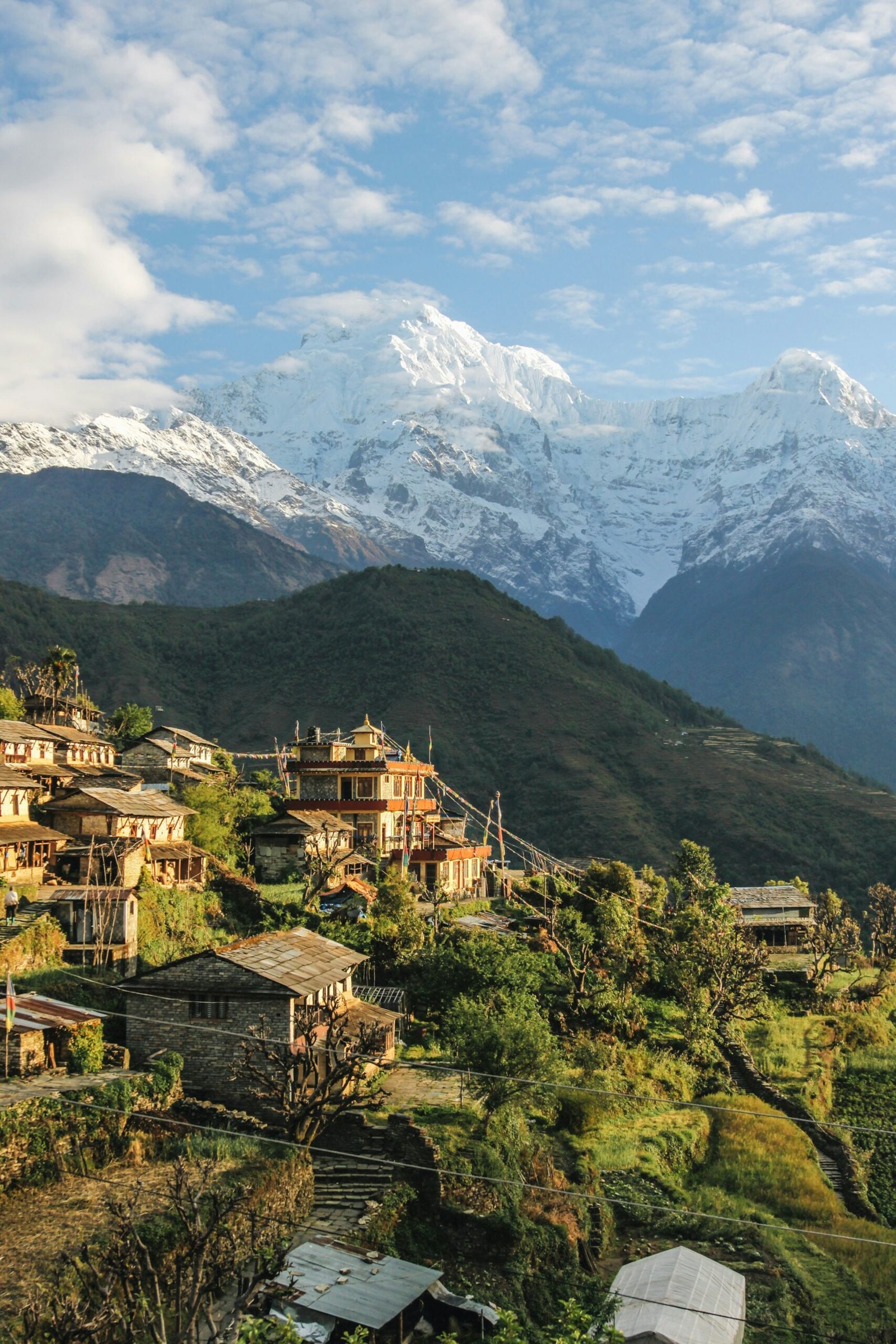

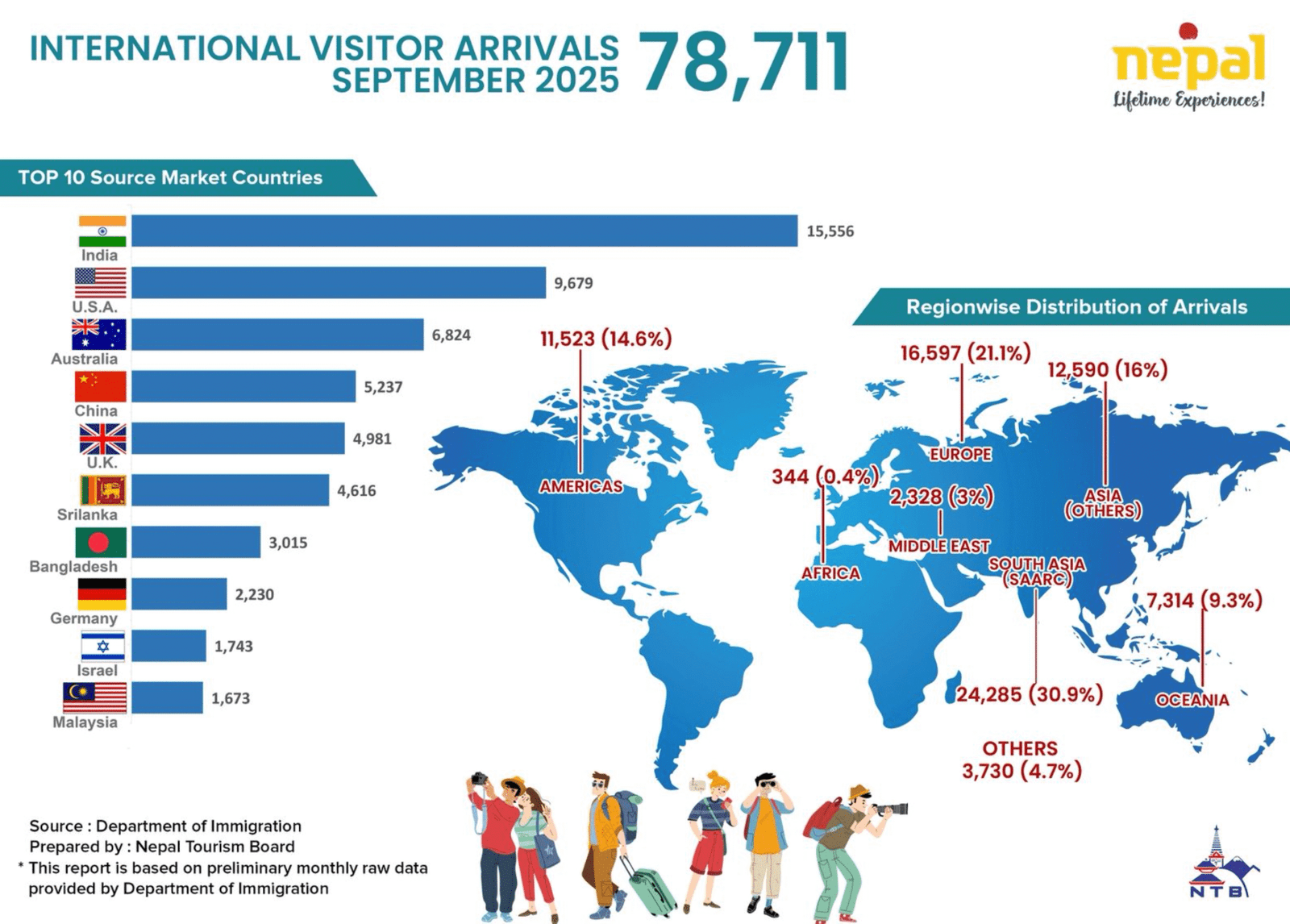

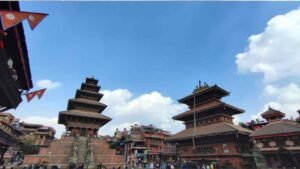

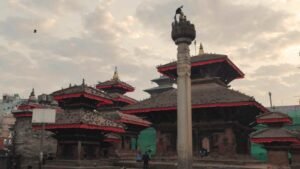
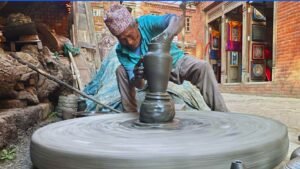
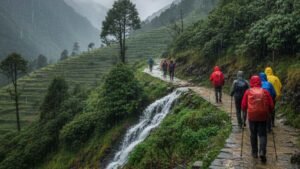
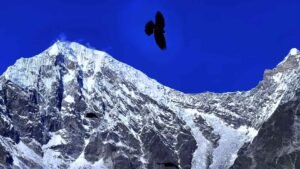
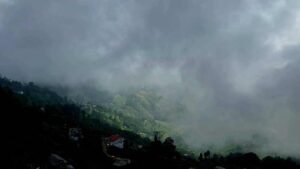

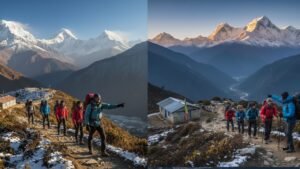

Post Comment